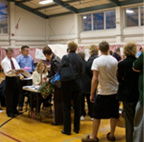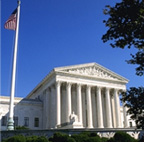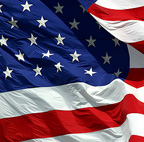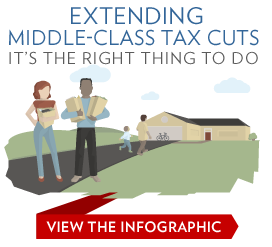Our Government

Our Government
Learn how America's federal, state and local governments work to enact the will of the people, and how President Obama and his administration collaborate with the Legislative and Judicial branches to govern the United States.
In This Section
Since the Second Continental Congress declared America's independence from Great Britain on July 4, 1776, the United States government has sought to realize the fundamental principle on which our nation was founded: that all people have the right to life, liberty, and the pursuit of happiness.
This principle was formalized in 1788 with the ratification of the Constitution. That document — still the supreme law of the United States — became the foundation of a federal government that allowed the several states to act together as one, while protecting the sovereignty of each individual state.
To ensure that no person or group would amass too much power, the founders established a government in which the powers to create, implement, and adjudicate laws were separated. Each branch of government is balanced by powers in the other two coequal branches: The President can veto the laws of the Congress; the Congress confirms or rejects the President's appointments and can remove the President from office in exceptional circumstances; and the justices of the Supreme Court, who can overturn unconstitutional laws, are appointed by the President and confirmed by the Senate.
In creating this balance, the framers of the Constitution hoped to form what they called "a more perfect union" — a government that would not only serve the people but would also be a long-lived exemplar to other nations around the world.
















